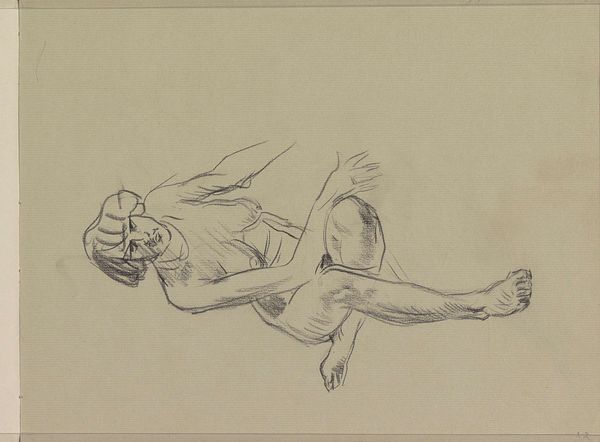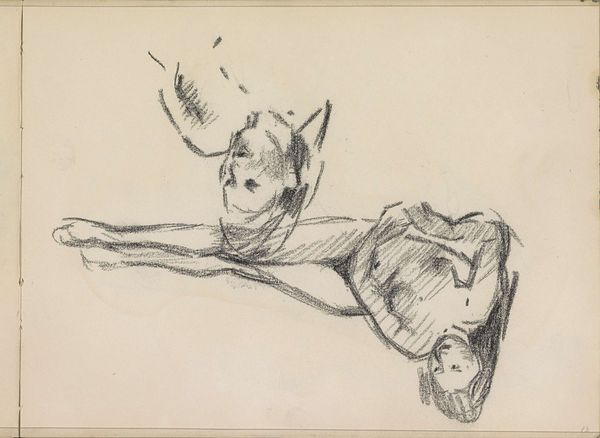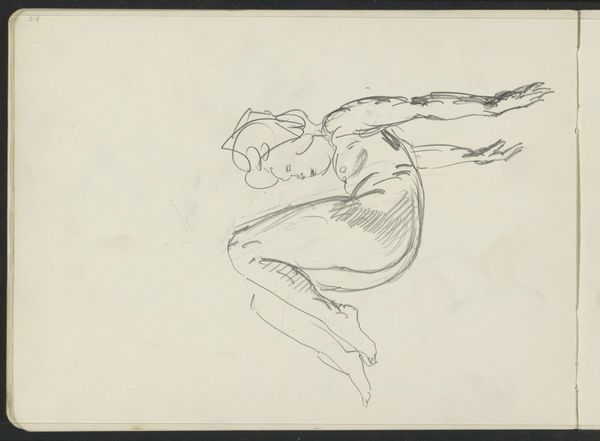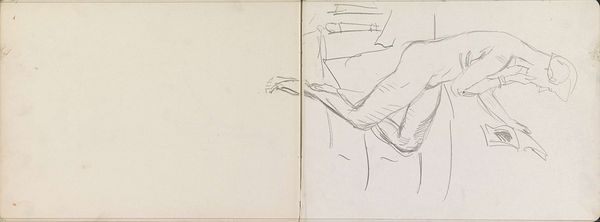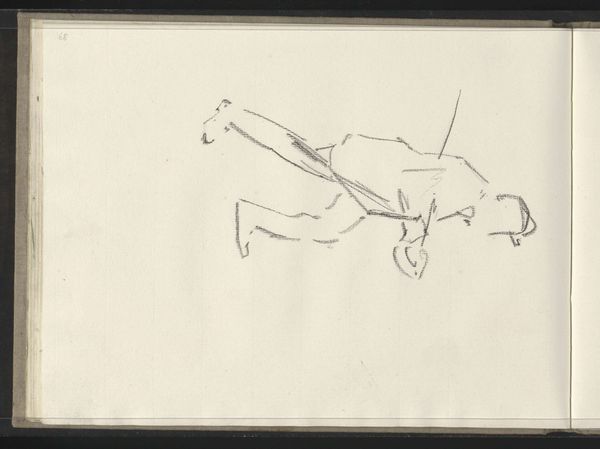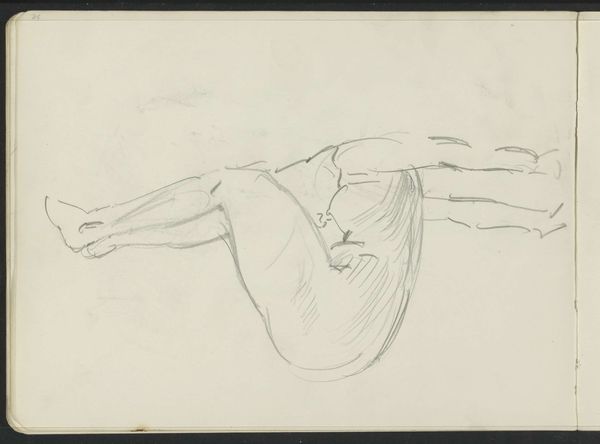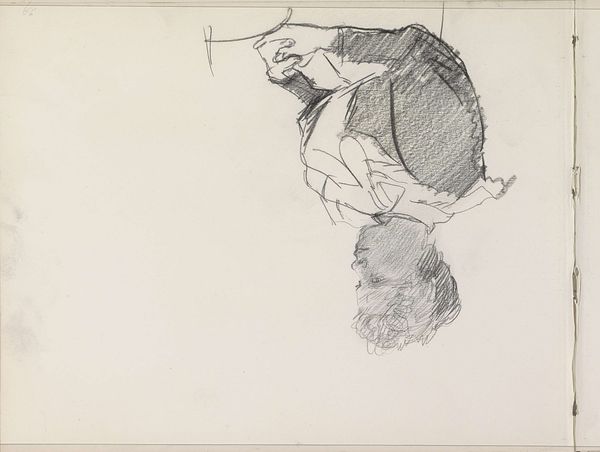
drawing, pencil
#
drawing
#
pencil sketch
#
figuration
#
pencil
#
genre-painting
#
realism
Copyright: Rijks Museum: Open Domain
Editor: Isaac Israels's pencil drawing, "Twee Acrobaten," dating from 1875 to 1934 and held at the Rijksmuseum, feels so immediate. The figures are rendered with quick strokes, capturing movement. How do we place this within the artistic and cultural context of its time? Curator: It’s fascinating, isn't it? Considering the social context, this sketch emerges from a period increasingly fascinated by depictions of everyday life, particularly in urban settings. Realism was shifting perceptions of acceptable subject matter. Editor: So, a turn away from grand historical paintings towards ordinary people? Curator: Precisely! And note how Israels chose the circus. The circus was a major form of public entertainment, yet those performing occupied a liminal social space. By depicting them, Israels perhaps subtly acknowledges the marginalized, giving them visual weight. What does this tell us about societal attitudes displayed through the artistic lens? Editor: I never thought of it that way. Seeing these acrobats not just as subjects, but as reflections of a larger societal view on labor and entertainment… it gives the sketch more depth. Curator: Absolutely! Furthermore, the Rijksmuseum’s acquisition and display of such a work also points to shifts in institutional taste, embracing more quotidian, modern themes. How do you think its presence in the museum affects our understanding of it? Editor: It definitely elevates the status of what might otherwise be seen as a fleeting study, placing it in conversation with grander narratives of art history. I've definitely learned that seemingly simple sketches like this have deep cultural resonance. Curator: Indeed. And analyzing such resonances deepens our understanding of the interplay between art, society, and institutions.
Comments
No comments
Be the first to comment and join the conversation on the ultimate creative platform.
